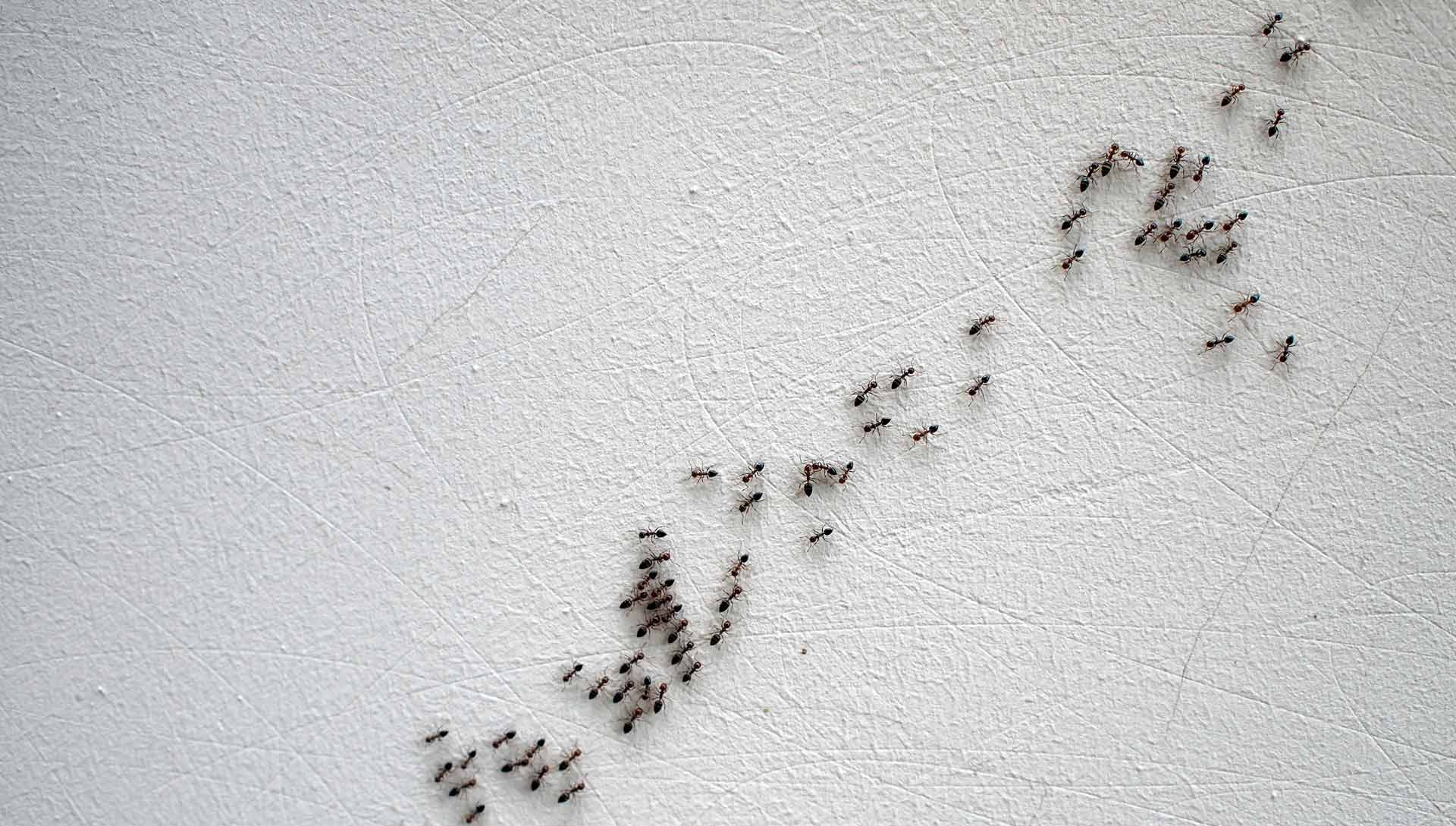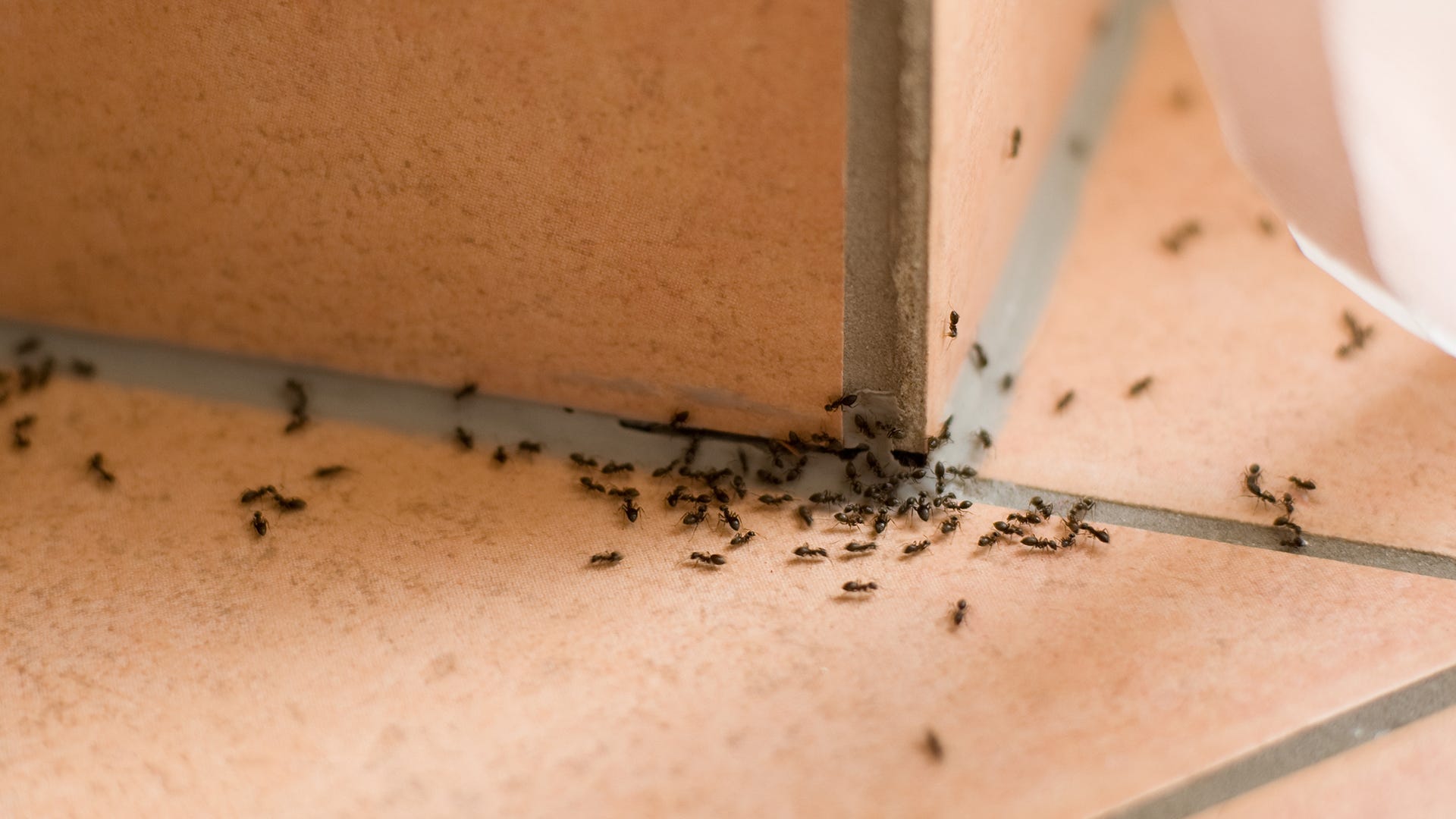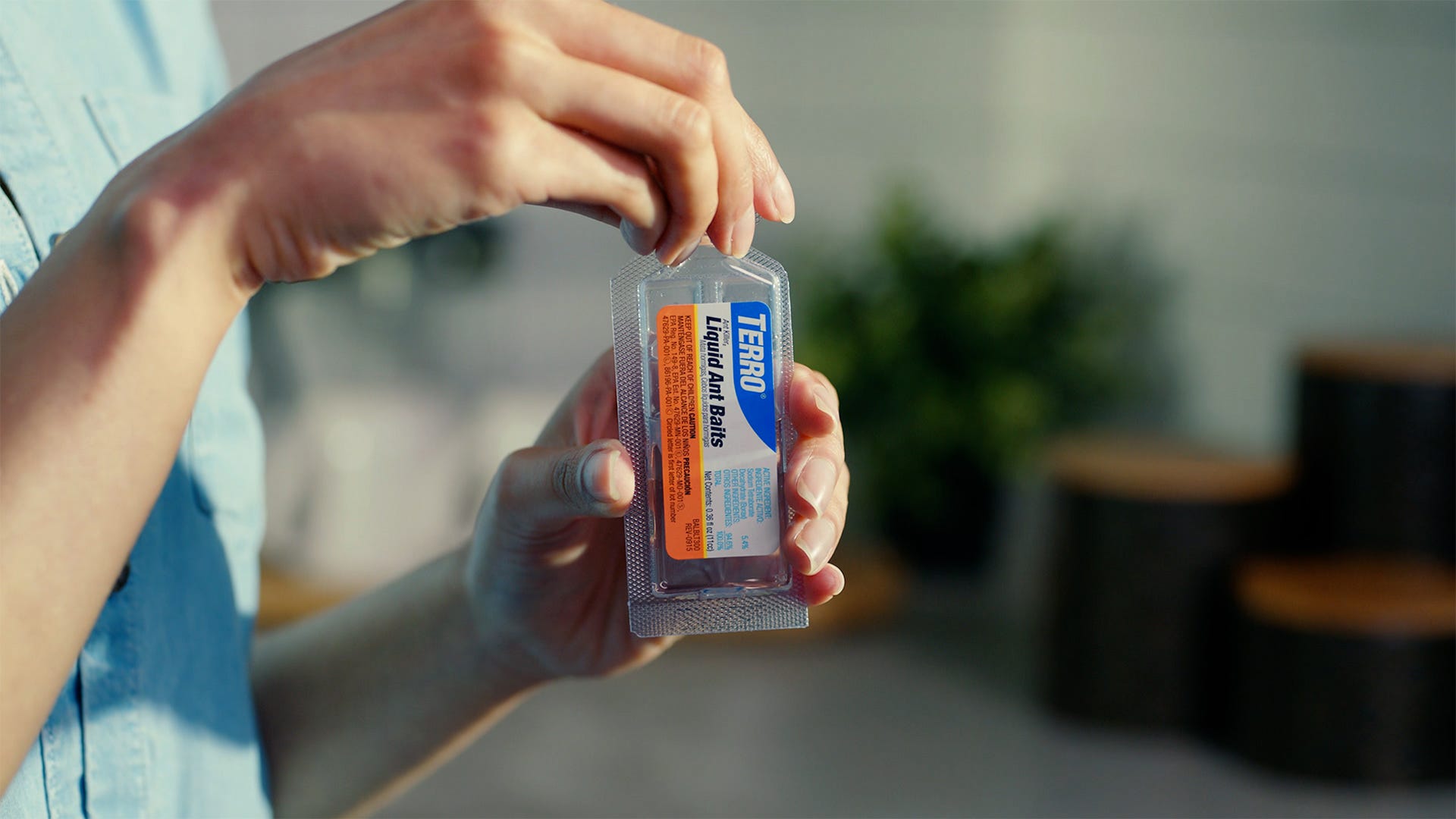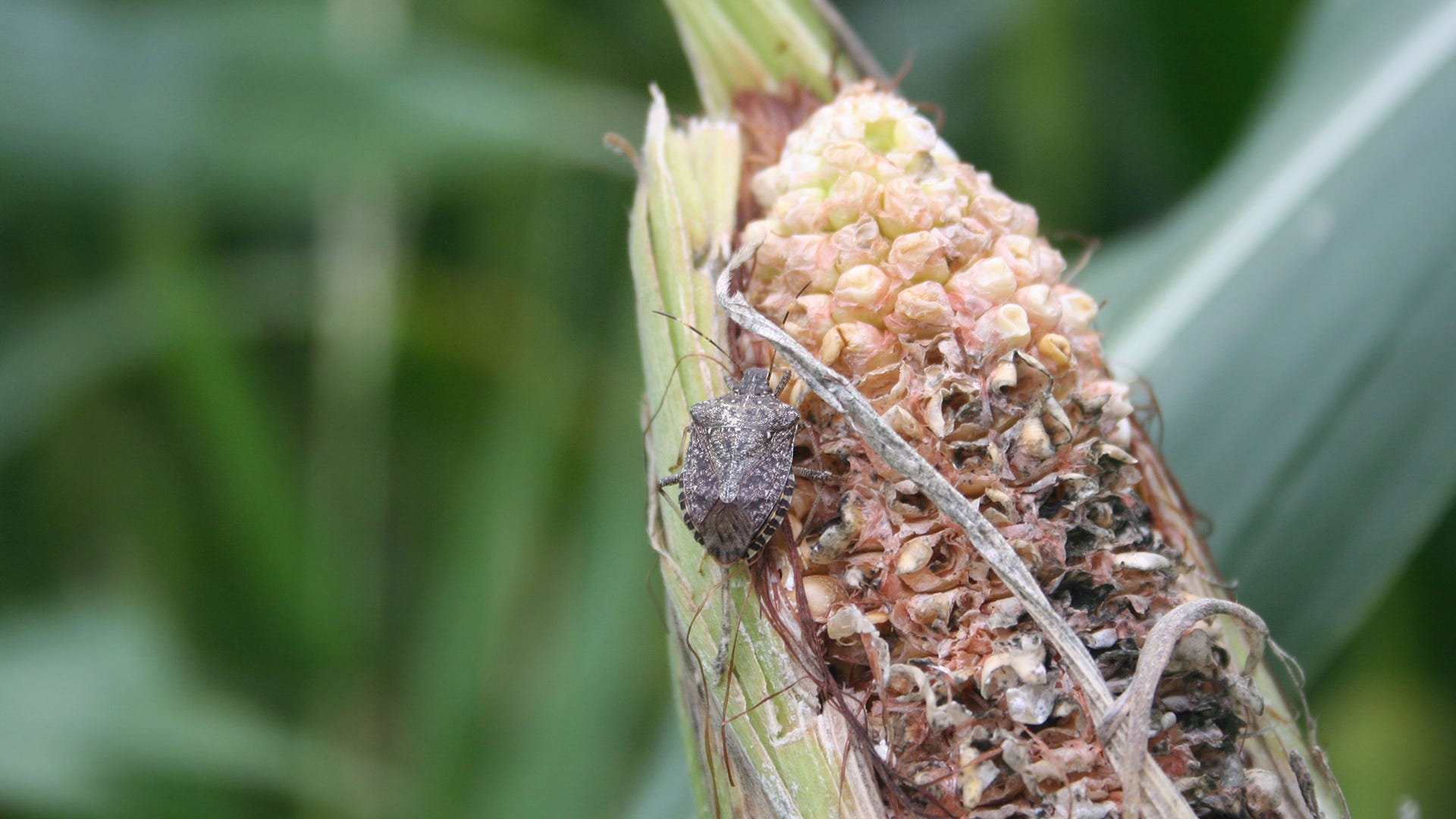When a colony of ants is invading your home, it’s tempting to reach for a contact killer to take out these pests immediately. And while this quick fix is tempting, it only takes care of a small part of your problem.
Tried Killing on Contact, still not working?
When you see a few ants, you’ll either apply a spray, dust or granular application directly to the ants. The contact killer takes out the insect right away by interfering with its nervous system. Additionally, contact killers generally provide some type of residual control, whereby insects crawl across the leftover product and it kills them, or they consume it and die. While all of this sounds fine, you’re relying on all of the ants in an entire colony (which can consist of upwards of 500,000 ants) to travel across that particular area where the insecticide was applied. The chance of this happening is unlikely. So how do you eliminate the whole colony of ants, rather than just a few of the worker ants? After all, isn’t your goal to take care of your entire ant problem?
Give Baiting a Try!
Baiting is a better alternative to contact killers because in addition to eliminating the ants you see, this method also takes out the ones you don’t see (meaning you’re able to kill off the entire colony). Here’s how a bait product works: When you see a few ants, you’ll want to place the bait, preferably a liquid bait, in the area where you notice activity. Ants are attracted to the sugar in the bait and will consume large quantities of it, then sharing it with the other ants. Additionally, when ants find a food source, they also leave a pheromone trail to help their fellow worker ants find the food too! What this means is you’ve got lots of worker ants transporting the lethal bait back to the rest of the colony to share it with the other ants. This takes care of the ants you see as well as the hundreds (potentially thousands) you don’t see.

Is Baiting Ants for everyone?
One potential downside to a baiting program is that the ants may not be attracted to the bait you set out, at which point you’d want to turn to a contact killer. This would happen if ants are in the part of their feeding cycle when they’re attracted to protein or grease, versus sugar. A second disadvantage is that the baiting process takes longer than a contact killer. Liquid ant baits are designed to work slowly, which gives ants time to make multiple trips to the colony and back, to share enough bait to eradicate the whole colony. The benefits are well worth the wait. As American businessman and humorist Arnold H. Glasow so appropriately put it, “The key to everything is patience. You get the chicken by hatching the egg, not by smashing it.”
If you have more questions about the insects invading your home, how to use TERRO® products or if you want to share your own ideas on fighting bugs, we urge you to share them with us in the comments below, on Facebook or when you contact our consumer care team online or by calling (800) 800-1819.
Want exclusive updates on TERRO® products and even more tips on household insect control? Then subscribe to our eNewsletter!




